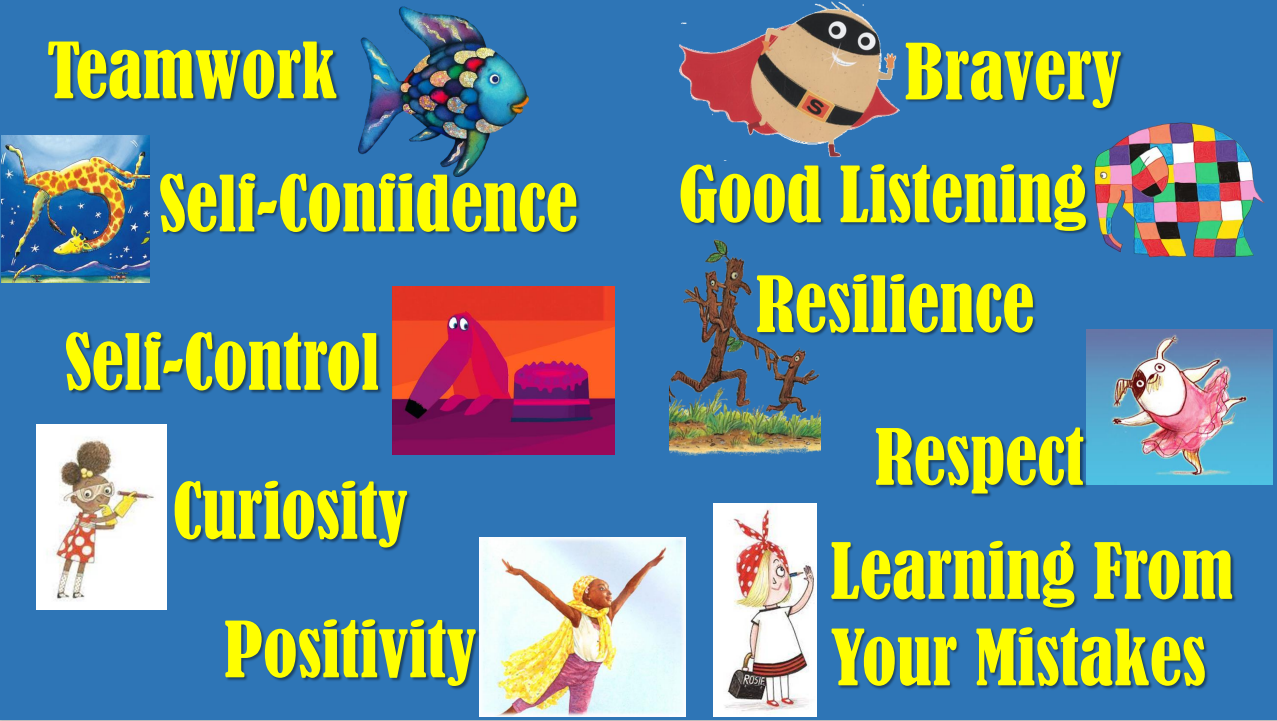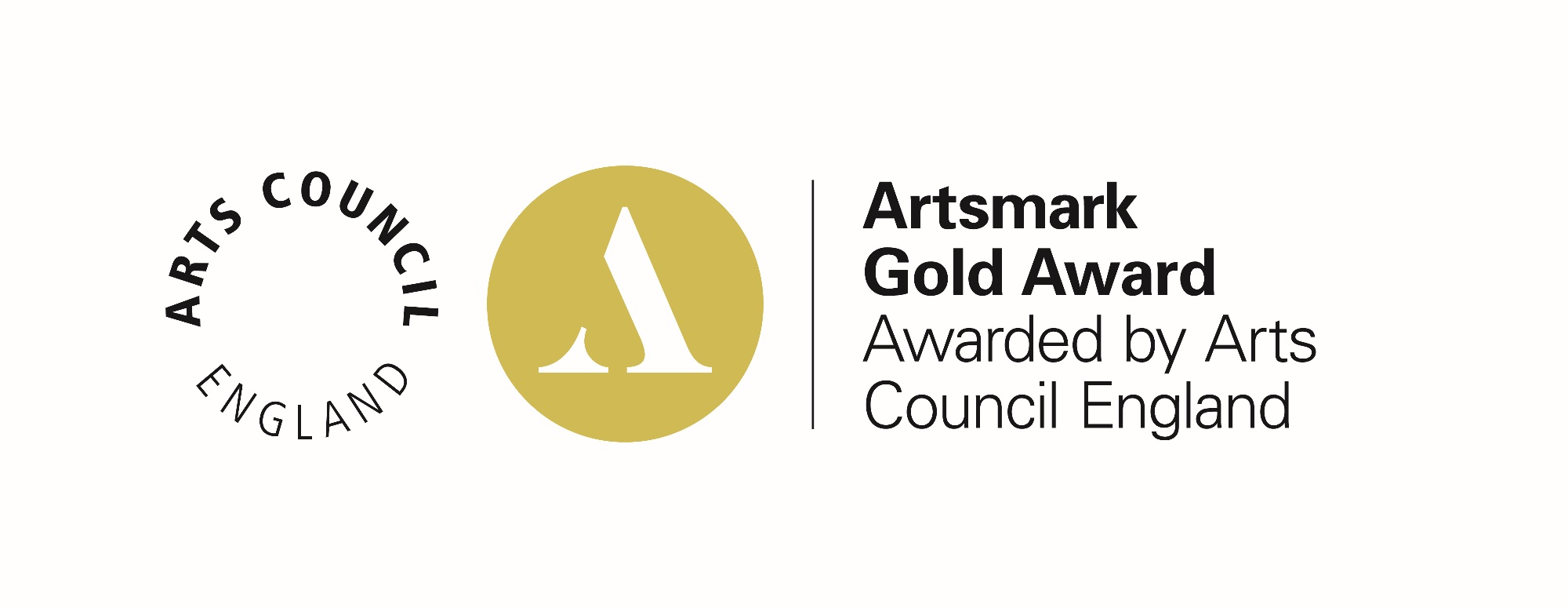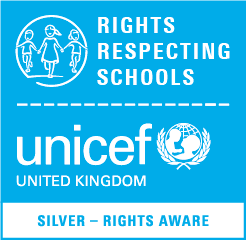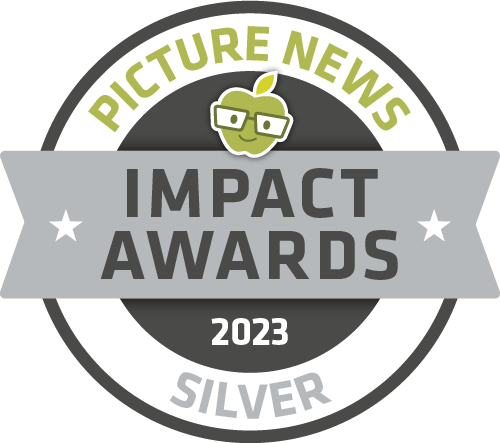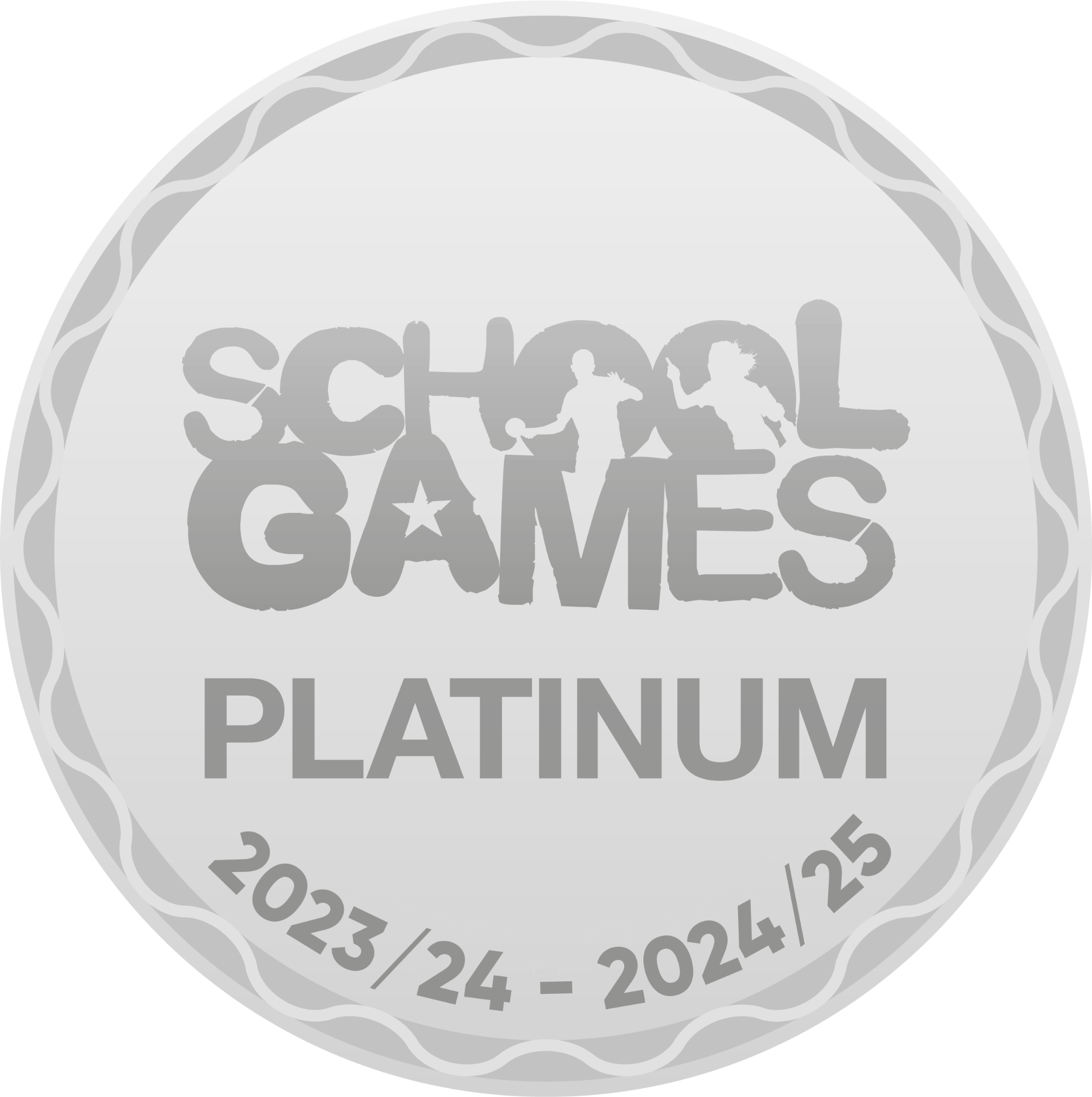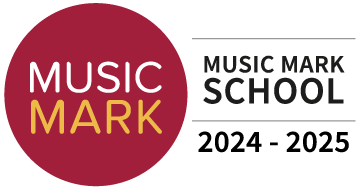Year 1 Butterflies
Year 1 - Butterfly Class - Mr Hancox and Mrs Slusarczyk

Friday 5th December 2025
P.E. Days:
P.E. days will be Monday and Wednesday this term; can children please come in wearing their P.E. kits on these days. Long hair must be tied up and any watches, earrings or other jewellery removed. Children should have shorts for P.E. sessions; for safety reasons, only children wearing shorts can be allowed to use the P.E. apparatus. Children should also wear a hoodie and jogging bottoms in case of cooler weather.
Forest School
Forest School sessions have now finished for Year 1. There will be further Forest School sessions in the Spring Term.
Meet the Teacher
Thanks to everybody who was able to attend this year's Meet the Teacher event. If you weren't able to come along, the slides containing all the relevant information are attached to the bottom of this page.
Snacks and Water Bottles
Children should bring a clear, plastic water bottle to school every day containing only water – no squash or juice please. A daily snack of fresh fruit or vegetables is provided for all the children. Your child is welcome to bring in their own snack for Snack Time if they prefer, however it must also be some form of fresh fruit or vegetables – nothing from a packet please (unless it's a box of raisins).
Home Learning
English: Make time to read with your child for approximately 5-10 minutes every day. Children are encouraged to change their reading books regularly, however you can find extra reading material on the Oxford Owl website. Our Library Day is every Tuesday, so children can also bring their library books back and exchange them for new ones then.
You don't need to record each daily reading session in your child's Reading Diary, but do make an entry at least two or three times a week; whenever they finish a book; or just to say that they enjoyed a particular story you've shared.
The Reading Diary also contains lists of our Phonics sounds, along with Learning Tools to compliment your child's reading, and get them thinking, talking and sharing their opinions about the books they've read.
At the front of the Reading Diary is a list of Non-Negotiables for Year 1 - these are learning targets we are hoping to achieve by the end of the year. From time to time, specific targets will be selected that you can focus on at home, so please check the Non-Negotiables list for any notes or annotations that will help to focus your home learning.
Phonics: Following the Smart Kids: The Code Phonics scheme, this week we've been revisiting some similar sounds from Phase 3 and Phase 5, including ai and a_e (cake), ee and e_e (centipede), igh and i_e (dice) and oa and o_e (bone). Look out for words containing these sounds in your daily reading and when you're out and about. The Phonics Play website has some excellent free resources and games for extra practise, and there are some "Alien" word flashcards attached to the bottom of this page. We also sing along to the Alphabet Song on the Super Movers website.
Handwriting: We're teaching the children cursive letter formation, using the Teach Handwriting scheme of work. The website, which includes animations featuring correct letter formation along with worksheets, can be accessed by clicking here.
Maths: (20-30 minutes per week) Following the White Rose Maths scheme, we're looking at 2D and 3D shapes. Can your child recognise and name any 2D and 3D shapes they see around the house or while you're out and about?
Number recognition is also important in Year 1, and the children frequently struggle to recognise the tricky teen numbers between 10 and 20. I've attached some number recognition flashcards to the bottom of this page if you'd like to practise at home. The 'Out and About' cards on our maths page also have some great ideas for exploring numbers in everyday situations.
History: This term, we are learning all about the history of toys. Do the children's parents, grandparents or even great-grandparents have any pictures or memories of the toys they played with when they were a child? Which toys have changed or disappeared over time, and are there any which are still popular today?
Primary Picture News
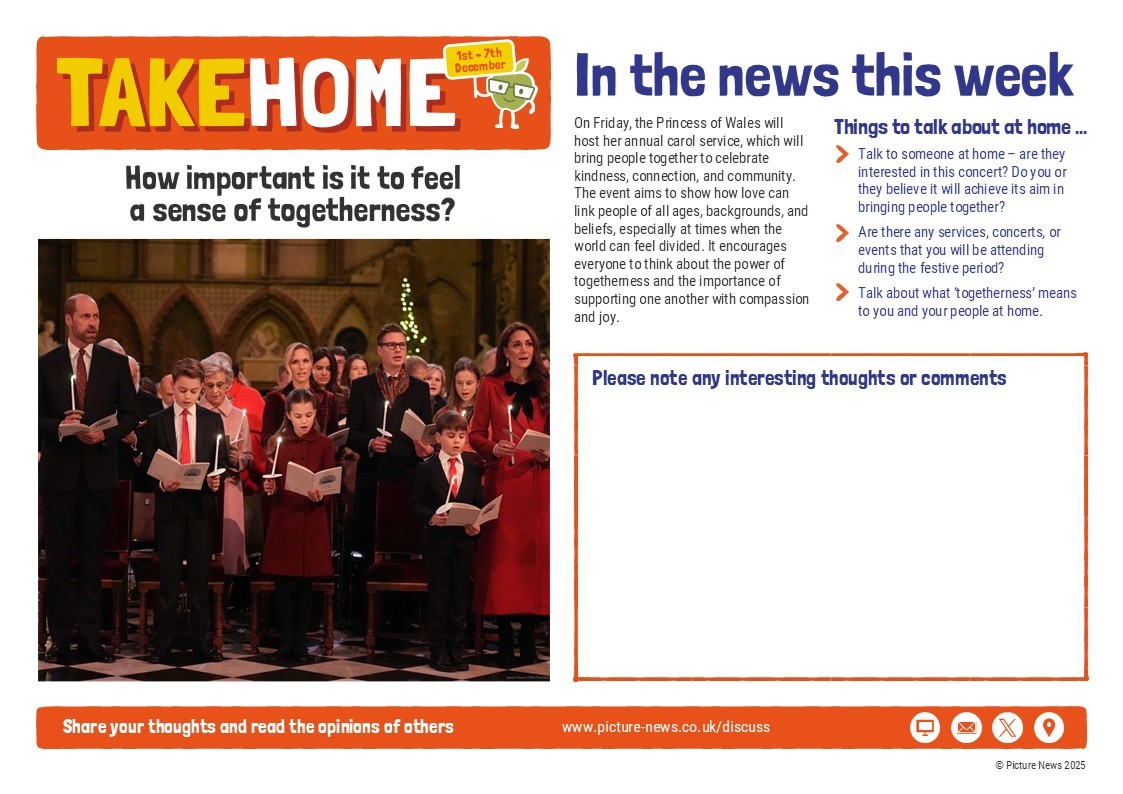
Primary Picture News is a child-friendly look at some of the events going on around the world. This week, the children heard about the importance of togetherness. Ask your child about the story using some of the conversation starters above.
Our Class Reader
 We read a range of books in our daily story time. This week, one of them was 'The Nutcracker', illustrated by Anna Luraschi.
We read a range of books in our daily story time. This week, one of them was 'The Nutcracker', illustrated by Anna Luraschi.
It tells the story of Clara, who receives an exciting Christmas present from an eccentric uncle, then something magical happens...
Ask your child about the story. What happens that's so magical? Do they think it really happened or was it a dream? In which other lesson have they heard the story of The Nutcracker this week?
A Taste of Our Learning
Week 13 - A terrific trip, wonderful writing and curious about candles
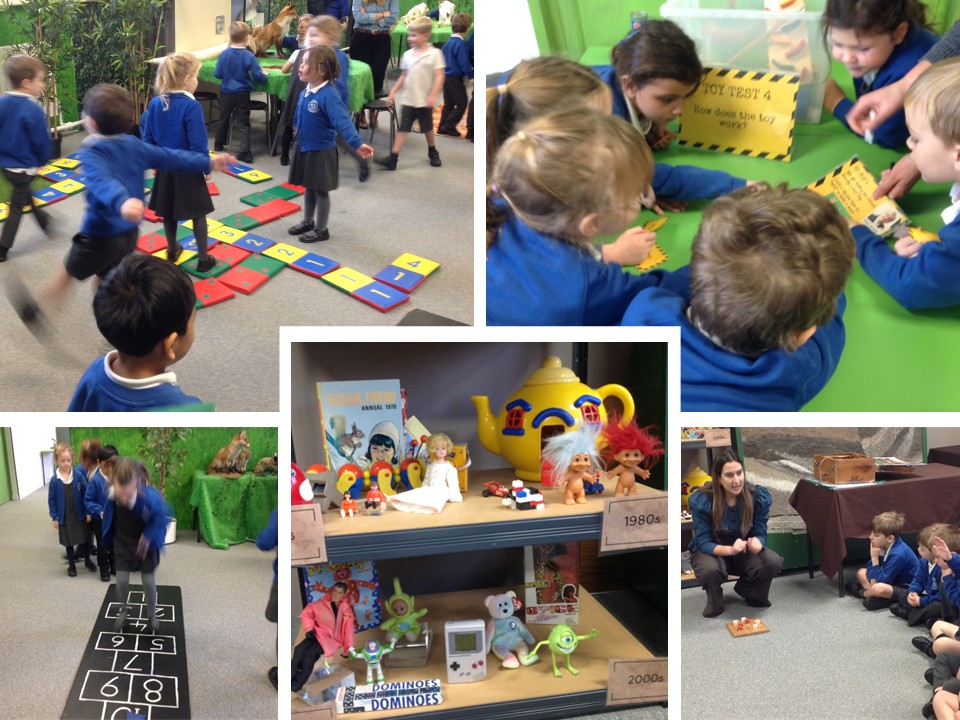
On Tuesday, we jumped onto a coach and headed down to the Gosport Museum and Art Gallery to travel back in time!
It was all to do with our history topic, which is all about how toys have changed within living memory. First, we completed a chronological challenge, working out which toys our parents, grandparents and great-grandparents might have played with. Then, the children took part in a series of hands-on tasks using toys from across the decades. Finally, the children had some free time to play a range of games, both old and new.
Ask your child about our trip into the past.
 As part of assessment week, the children took part in a whole school writing moderation exercise to see what they've learnt so far this year. They were challenged to do an independent piece of writing based on an image of a magical land. First, we talked about the picture and gathered some of the vocabulary they might need. The children then planned out their stories before launching into independent writing, being encouraged to use resources such as word mats, phonics mats and the word wall to help them.
As part of assessment week, the children took part in a whole school writing moderation exercise to see what they've learnt so far this year. They were challenged to do an independent piece of writing based on an image of a magical land. First, we talked about the picture and gathered some of the vocabulary they might need. The children then planned out their stories before launching into independent writing, being encouraged to use resources such as word mats, phonics mats and the word wall to help them.
Ask your child about their story. What did they decide would happen when they walked over the bridge?
 In World Faith and Philosophy we've been exploring the symbol of candlelight. After previously learning about the Hindu festival of Diwali, our attention has now turned to the symbol of the candle in Christian culture. We've looked at how candles can be used for prayer and remembrance, and this week we moved onto the topic of advent. The children got to see an advent wreath and learnt the meaning behind its five candles (four around the wreath and one in the centre). And to further celebrate advent, we also brought out our own Year 1 advent calendar with a different act of kindness for every day.
In World Faith and Philosophy we've been exploring the symbol of candlelight. After previously learning about the Hindu festival of Diwali, our attention has now turned to the symbol of the candle in Christian culture. We've looked at how candles can be used for prayer and remembrance, and this week we moved onto the topic of advent. The children got to see an advent wreath and learnt the meaning behind its five candles (four around the wreath and one in the centre). And to further celebrate advent, we also brought out our own Year 1 advent calendar with a different act of kindness for every day.
Ask your child about the candles on an advent wreath.
Week 12 - Brilliant building blocks, recreating Rothko and reading the rules
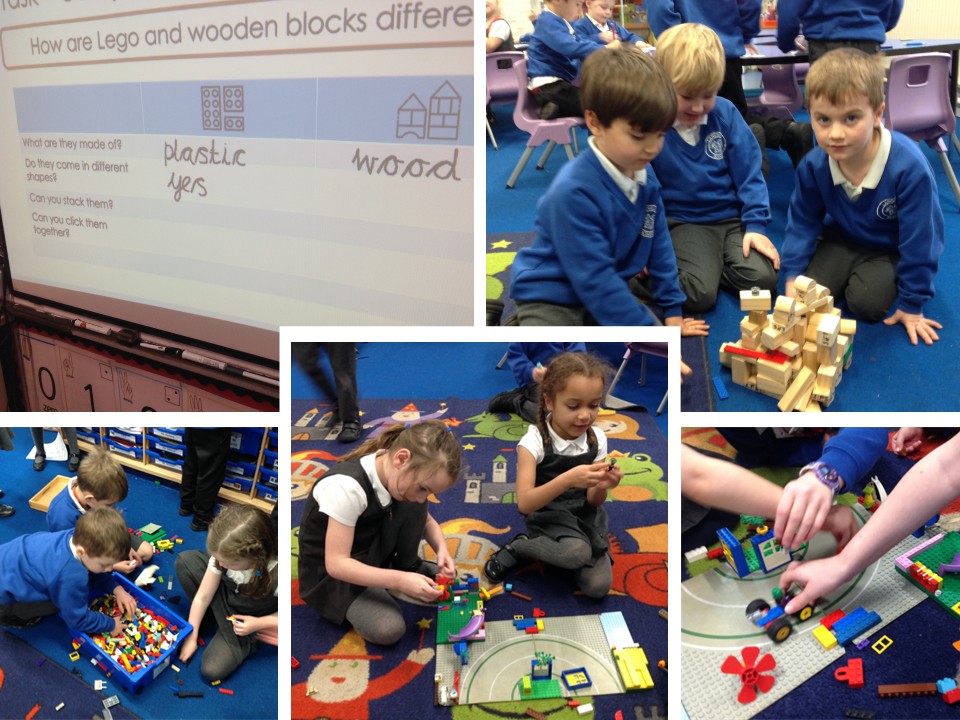
In History, we're looking at the history of toys within living memory, and this week we were comparing building blocks to see the differences and similarities between these ever-popular toys.
The children got to play with the two different types of blocks - wooden blocks and LEGO blocks - in order to answer some simple questions about their similarities and differences. We then talked about how old these two toys might be and discussed them in terms of last week's key words: 'Change' and 'Continuity'.
Which was your child's favourite building toy?
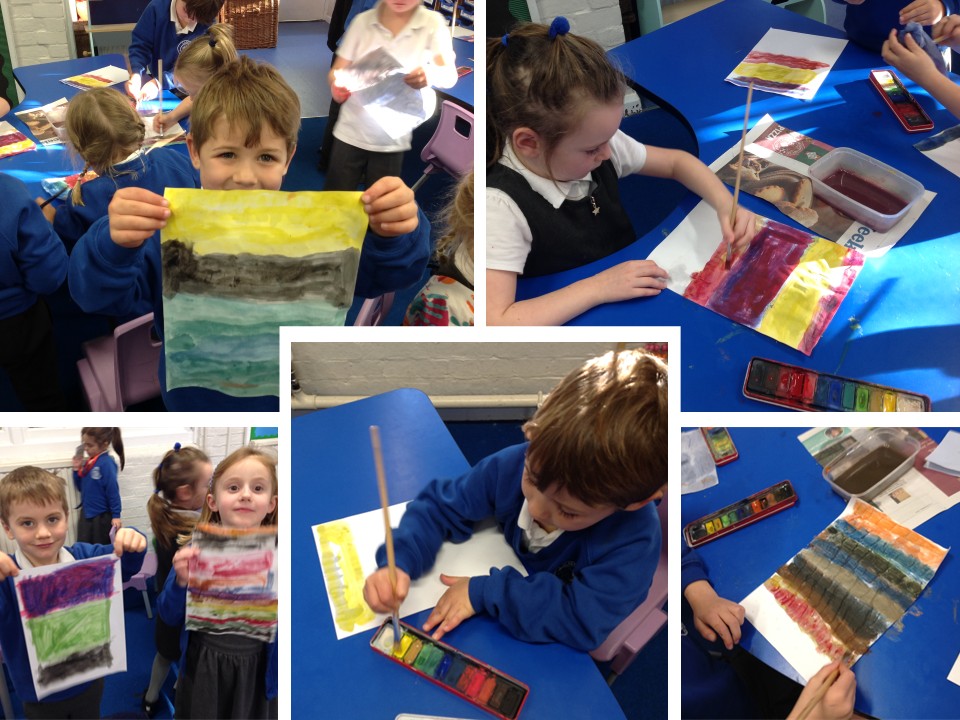
In Art, we continued exploring colours using different media - this week, it was watercolours.
Inspired by the colour field paintings of Mark Rothko, the children used watercolour paints to create blocks of colour, mixing the paints together to create different colours, or adding more water to dilute the colours they'd created. We also talked about the nature of abstract art, and how the colours we choose can help to express our feelings and emotions.
Ask your child what colours they chose. Did they prefer using the watercolours to the pre-mixed paints we used last week?
 We were reading the Rule Book in PSHE this week as we discussed the importance of having school rules.
We were reading the Rule Book in PSHE this week as we discussed the importance of having school rules.
First, we looked at Harold the Giraffe's ideas for rules at his school, and discussed if there were any we thought we agreed with and which ones we thought needed changing or discarding. We talked about why we have rules and why most of them are designed simply to keep us safe. The children then coloured in some posters for the classroom rules which they felt were particularly important.
Would your child like to make any changes to our school rules?
Week 11 - Marvellous maths, zipping to the zoo and amazing adaptations
 Having covered place value and addition within ten, we've just finished looking at subtraction within ten this week. As always, there were a range of activities on hand to help the children get to grips with the tricky task of taking away. Using physical resources such as blocks and bead strings, as well as pictorial aids including number lines and tens frames, the children are really beginning to become expert extractors. Working in small groups with a teacher, word problems and discussions helped them gain a deeper understanding by applying their knowledge of the concept through reasoning.
Having covered place value and addition within ten, we've just finished looking at subtraction within ten this week. As always, there were a range of activities on hand to help the children get to grips with the tricky task of taking away. Using physical resources such as blocks and bead strings, as well as pictorial aids including number lines and tens frames, the children are really beginning to become expert extractors. Working in small groups with a teacher, word problems and discussions helped them gain a deeper understanding by applying their knowledge of the concept through reasoning.
Try the Home Learning booklet attached to this page.
 For our English this week, Year 1 headed off to the zoo!
For our English this week, Year 1 headed off to the zoo!
We read the book 'Zoo' by Anthony Browne before learning a condensed version of the story using story maps and actions to embed the text. Having had a go at writing that, the children then moved onto writing about which animals they'd like to see at the zoo and why, making sure to include an adjective to describe the animal and, as a challenge, maybe including a 'because...'.
Ask your child which animals they wrote about. Which adjectives did they choose? Can they think of any other adjectives to describe the animals?
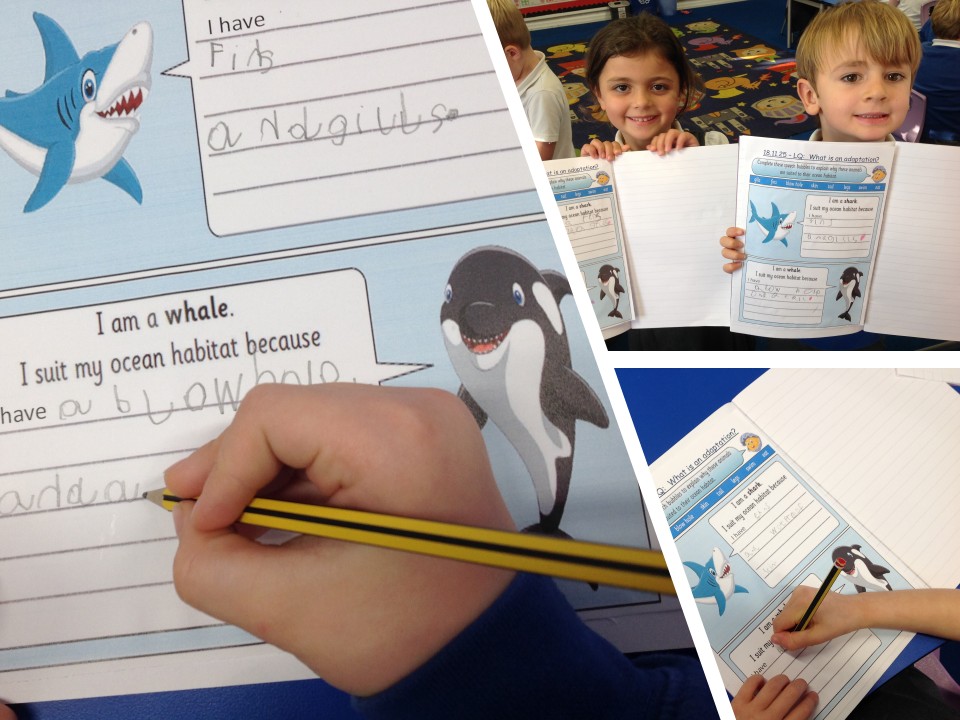
As part of our 'Habitats' unit, Science this week focused on adaptation. We looked at the many different ways in which animals have adapted to their habitats, both physically and behaviourally, in order to survive. Looking at sea creatures in particular, we examined how fish have gills in order to breathe underwater, as well as how sea-living mammals such as dolphins and whales have blow-holes to make breathing at the surface easier. We also talked about how some chimpanzees - like humans - have made the behavioural adaptation of using tools in order to catch food.
What can your child tell you about adaptation?
Week 10 – Scintillating superheroes, amazing Alma and talking about toys
It was Anti-Bullying week this week, and this year's theme was 'Power for Good'. We talked about the difference between 'rude', 'mean' and 'bullying' and why it's important to know the difference between the three. This inspired Year 1 to become Anti-Bullying Superheroes, learning power poses to help them feel brave and confident enough to stand up to bullying wherever they see it, and they revealed some surprising superpowers into the bargain!
 Our People Project subject this half term was the African-American artist Alma Thomas.
Our People Project subject this half term was the African-American artist Alma Thomas.
We learnt about Alma's life and discussed why, when she was a child, it was unfair that she was not allowed to go to the local school or visit art galleries because of the colour of her skin. Alma always loved art and the colours of nature, and spent her career teaching art to children. It wasn't until she was nearly 70 that retirement gave her the opportunity to become a full-time painter, using bright colours to convey a sense of joy and happiness.
What can your child tell you about Alma?
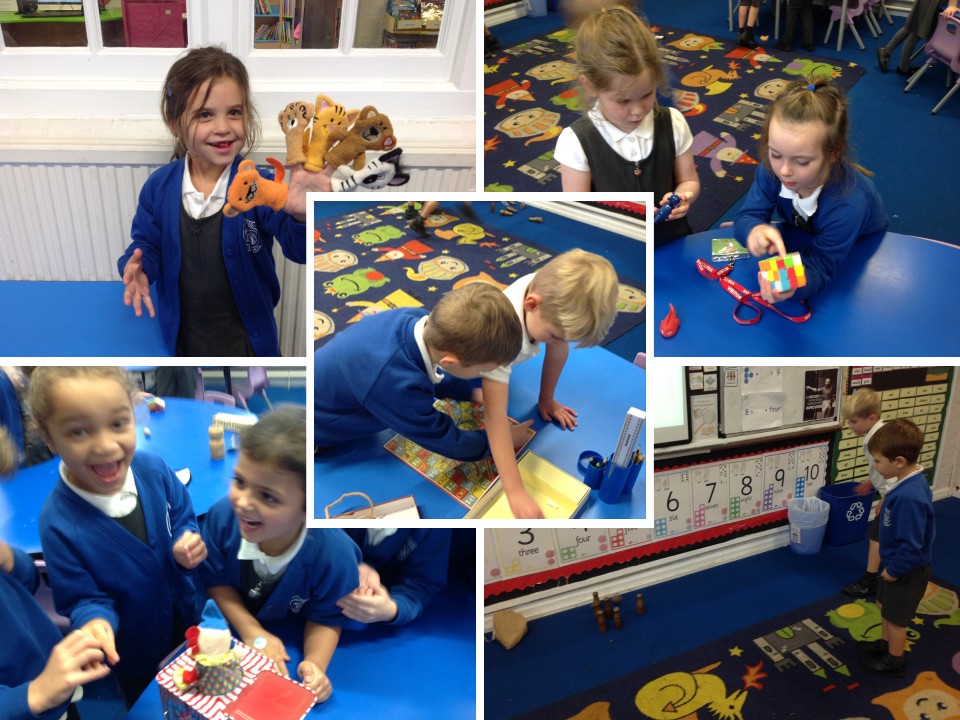
In History, we're learning about how toys have changed within living memory. This week, the children got to play with some old-fashioned toys! There were yo-yos, spinning tops, clockwork toys, dolls, a Jack-in-the-box, a cup-and-ball game, and many other toys to choose from. While playing, the children were challenged to think about the toys: what materials they were made from, how they were powered, and if there were still any similar toys around today. We then compared them to modern toys, looking at how some things have changed, but many similarities still remain.
Can your child tell you about the similarities and differences between modern and old-fashioned toys?
Week 9 - Dazzling diya lamps, a visit from the vicar and marvellous Mondrian
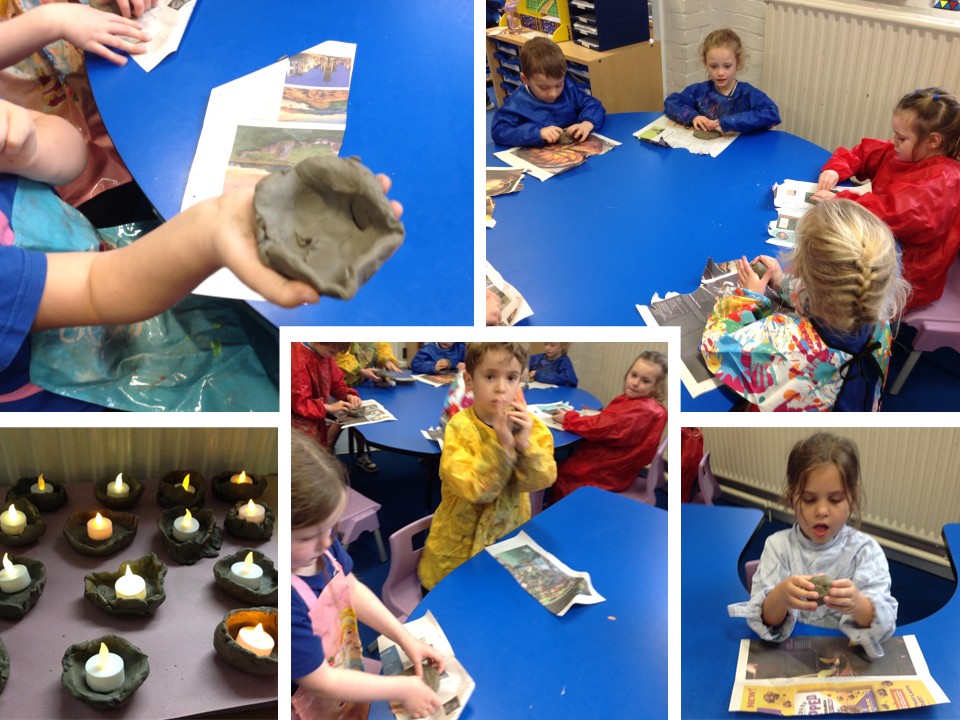
Our World Faith & Philosophy unit this term is all about the symbol of candlelight.
We began by learning about the Hindu festival of Diwali, hearing the story of Rama and Sita and looking at how lighting diya lamps represents the triumph of light over darkness and good over evil. We then made our own diya lamps out of clay which we'll be decorating next week.
Can your child tell you about the festival of Diwali or remember the story of Rama and Sita? Can they think of any other times we use candles as a symbol?

On Wednesday, Reverend Pippa came in to deliver an assembly to all the children.
Last time, she brought in some acorns and talked about how big, strong trees can grow from tiny things. This time, the Reverend told the story of the good Samaritan - which was expertly acted out by several members of Year 2 - and we talked about the importance of helping others, doing the right thing and not judging people before we get to know them.
Can your child tell you what happened in the story or why it's such an important message?
 We began our art unit on colour by learning all about the three primary colours through the work of Dutch artist Piet Mondrian.
We began our art unit on colour by learning all about the three primary colours through the work of Dutch artist Piet Mondrian.
After talking about which three colours were the primary colours (and why), we looked at a number of paintings by Mondrian which use simple blocks of primary colour alongside black and white lines and squares. The children then had the opportunity to create their own Mondrian-inspired works, using only primary colours to fill their own grids.
Ask your child if they can name the three primary colours, and what they thought about the work of Piet Mondrian.
Week 8 - Wonderful wolves, marvellous mermaids and amazing algorithms
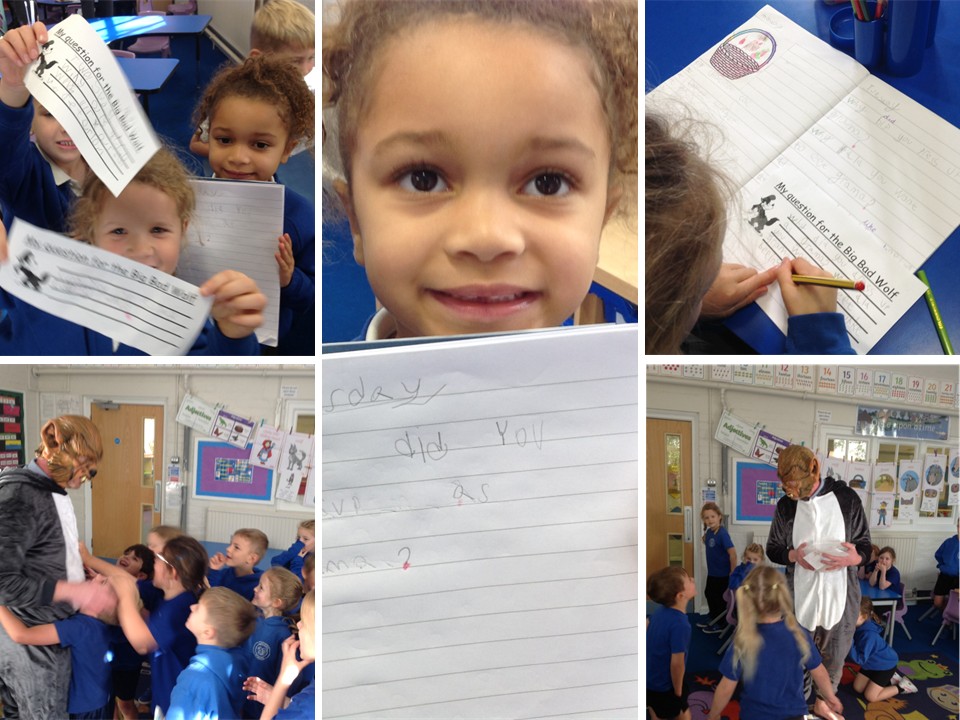
We've been exploring the story of Little Red Riding Hood recently, encompassing role-play, using adjectives to describe the characters, and even having a debate as to where the Big Bad Wolf would rank on a list of villainous characters from familiar tales. Imagine our surprise when we got a message from the Big Bad Wolf explaining that he'd changed his ways, become a vegetarian and wanted to come into school to talk to the children! The class came up with lots of questions they'd like to ask him and were very welcoming to our visitor who had, indeed (thankfully) changed his ways.
What was your child's question for the Big "Good" Wolf?

It's not every day you get a letter from a mermaid, but this week, Year 1 received a request for their help: Marissa the Mermaid had lost some of the scales from her tail, and needed some material to cover the area while her new scales regrew. The children decided which properties the material would have to possess (being waterproof, strong and flexible), and went about testing different materials to see which would be the most suitable for the job. Obviously it had to be a fair test, so they also had to be scientific about how much water they used and how long they left the water in position.
Ask your child what conclusions they came to.
 In Computing, we've been learning about algorithms and have been putting our programming skills into practice over the past couple of weeks.
In Computing, we've been learning about algorithms and have been putting our programming skills into practice over the past couple of weeks.
Working in groups, the children had to program their Beebot to move around the shelves of a toyshop, visiting specific toys in a particular order. Alongside their algoritms, they also had to remember to press 'Clear' before typing in their instructions and 'Go' at the end.
Did your child manage to complete the challenge? You could even download the Blue-Bot app to practise programming at home.
Week 7 - Brilliant Braille, bags of buoyancy and respectful reactions
 Our People Project subject for this term's 'How to Change the World' theme is Louis Braille. First, the children heard the story of Louis Braille, who became blind after an accident as a young child. He learnt about a system of writing using twelve raised dots, developed to enable French soldiers to read messages at night. He refined this into a far more efficient six dot system, which is still used to allow blind people to read nearly 200 years later. The children completed a fact sheet and even wrote their names using the Braille alphabet.
Our People Project subject for this term's 'How to Change the World' theme is Louis Braille. First, the children heard the story of Louis Braille, who became blind after an accident as a young child. He learnt about a system of writing using twelve raised dots, developed to enable French soldiers to read messages at night. He refined this into a far more efficient six dot system, which is still used to allow blind people to read nearly 200 years later. The children completed a fact sheet and even wrote their names using the Braille alphabet.
Ask your children what they remember about Louis Braille and where we might find Braille writing in our day-to-day lives.
 In Science, we were continuing our look at everyday materials and their properties by performing an experiment.
In Science, we were continuing our look at everyday materials and their properties by performing an experiment.
The children looked at some objects to see what materials they were made from, then made some predictions about which materials they thought would float or sink when they were dropped into water. We then put the items into our water tank one by one and recorded the results, some of which surprised the children.
Ask your child about the experiment. Which results did they correctly predict, and which results did they find surprising?
 One of the Learning Behaviours we look for every day is self-control, and that was the focus of our PSHE lesson this week. Using the Waves of Wellbeing resources, we learnt about the northern pufferfish and how they puff up when they feel anxious or threatened. However, this can be quite uncomfortable for the fish and makes it difficult for them to continue swimming forward. To help them be less like the pufferfish, the children learnt some techniques to help them think before they react, which will help them to avoid upsetting themselves or those around them
One of the Learning Behaviours we look for every day is self-control, and that was the focus of our PSHE lesson this week. Using the Waves of Wellbeing resources, we learnt about the northern pufferfish and how they puff up when they feel anxious or threatened. However, this can be quite uncomfortable for the fish and makes it difficult for them to continue swimming forward. To help them be less like the pufferfish, the children learnt some techniques to help them think before they react, which will help them to avoid upsetting themselves or those around them
Can your child tell you some of these techniques and why they're important?
Week 6 - An amazing assembly, cheerful choosing and tackling tourism
 Thank you to everybody who could make it along to our Harvest Festival Assembly on Friday.
Thank you to everybody who could make it along to our Harvest Festival Assembly on Friday.
The children did a fantastic job of sharing our assembly with their families and the rest of the school. They recited poems, talked about what Harvest time means, explained why sharing with others at harvest time is important, and even performed the story of The Enormous Turnip, before singing their song 'First the Little Roots Grow'.
I'm sure you'll agree, they all did an amazing job and should be very proud of themselves and their performance!
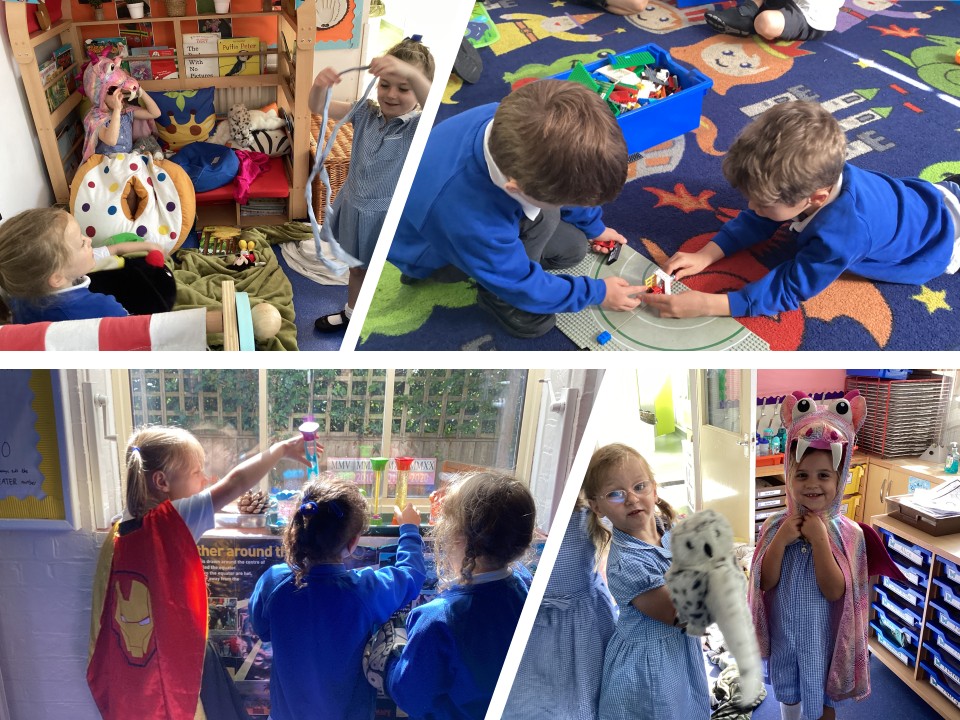
We keep the children pretty busy in Year 1, but it's not all work, work, work! We also make plenty of time for the children to play and explore on their own.
During Explorer Time, there's everything from jigsaws, drawing and colouring, to dressing up, LEGO, construction materials, cars and dinosaurs for the children to play with.
It's a wonderful opportunity for everybody to get creative, build their sharing and social skills, and - most importantly - to have some fun.
Ask your child about their favourite Explorer Time activities.
 We've been learning about our local area in Geography this term, and part of our topic was for the children to create posters enticing visitors to come to Petersfield. The children had to choose two things to draw - one example of physical geography and one example of human geography - that they thought might get tourists jumping into their cars and heading up the A3 in our direction. Places like The Heath and the Country Park were popular, and the Library and Town Square also made an appearance...alongside McDonald's!
We've been learning about our local area in Geography this term, and part of our topic was for the children to create posters enticing visitors to come to Petersfield. The children had to choose two things to draw - one example of physical geography and one example of human geography - that they thought might get tourists jumping into their cars and heading up the A3 in our direction. Places like The Heath and the Country Park were popular, and the Library and Town Square also made an appearance...alongside McDonald's!
Which Petersfield landmarks did your child include in their 'Visit Petersfield' poster?
Week 5 - Ginormous jumps, terrific turnips and marvellous maps
 Year 1 literally leapt into action in P.E. this week by practising some core movement skills, including jumping.
Year 1 literally leapt into action in P.E. this week by practising some core movement skills, including jumping.
The children were challenged to perfect their standing jump technique, thinking about where to fix their gaze, how their knees should be slightly bent, and how to use their arms to add momentum to their jumps.
Ask your child to demonstrate what they learnt this week. Were they able to improve the length of their jumps through practice? What's their standing jump record now?
 In English, we've been learning the story of The Enormous Turnip. Following the 'Talk for Writing' model, we began by listening to the story, performing it as a play. The children then drew story maps, using pictures to remind themselves of what happens in each part of the story. We then learnt to retell the story orally using actions, helping to deeply embed this traditional tale in the children's memory. That means that when we finally get round to writing, the children know the story so well they can concentrate on 'how' they write, rather than having to think about 'what' to write.
In English, we've been learning the story of The Enormous Turnip. Following the 'Talk for Writing' model, we began by listening to the story, performing it as a play. The children then drew story maps, using pictures to remind themselves of what happens in each part of the story. We then learnt to retell the story orally using actions, helping to deeply embed this traditional tale in the children's memory. That means that when we finally get round to writing, the children know the story so well they can concentrate on 'how' they write, rather than having to think about 'what' to write.
Can your child tell you the story of The Enormous Turnip?

In Geography, we continued our look at the local area by exploring some maps.
Using an electronic map, we explored the roads and features of our local area. The children then set about creating their own maps, including important landmarks they often pass on their way to school. They even labelled the main roads, and included symbols and a key to show what they all represented (no prizes for guessing what the big yellow 'M' represents!)
Ask your child about their map. What landmarks did they include? Maybe they could draw a map of the area around your house.
Week 4 - Fabulous Forest school, knowing our numbers and studying structures
 Undaunted by the wet and cold, Year 1 have been loving their Forest School sessions over the past three weeks.
Undaunted by the wet and cold, Year 1 have been loving their Forest School sessions over the past three weeks.
They've been exploring which bugs and plants are around at this time of year (including in our new pond), making crafty creations using natural objects found in the copse, and whipping up some "delicious" looking creations in the mud kitchen. It's been wonderful to see the children exploring nature and having a fabulous time getting their hands dirty!
Ask your child about their favourite Forest School activities.
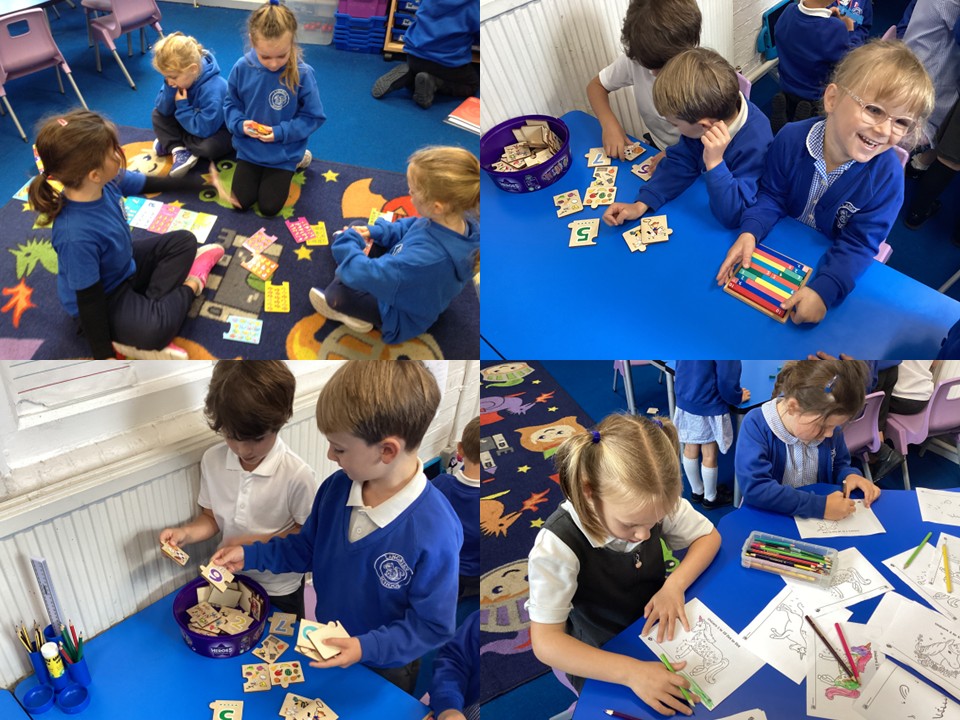
In Maths, we've been working on number and place value by sorting and counting groups of objects. We talked about the different ways we could sort objects (by shape or colour for instance) and the children then had a number of challenges to complete using different objects around the classroom.
They've also been honing their number skills in other ways, from jigsaws and dot-to-dot puzzles to matching activities and cut-and-stick games.
Ask your child about their favourite maths activities this week?
 We continued our look at playgrounds in Design and Technology by experimenting with different structures.
We continued our look at playgrounds in Design and Technology by experimenting with different structures.
We looked at the strongest structural shapes that are used to build playground equipment (triangles, tubes and arches), then made some of our own using a range of materials and joining methods. The children could use card, paper or lollipop sticks as well as glue, tape and Blu-Tac in order to find the best combinations they could through experimentation, trial and error.
Which materials did your child think produced the best results?
Week 3 - Colourful Christmas Cards, Amazing Algorithms and Perfect Playgrounds
 No, that wasn't a mistake in the heading! Despite it still being September, we've been fabulously festive in Year 1 this week by creating some eye-catching Christmas cards. With a backdrop of Christmas music to get us in the festive mood, the children finger-painted around stencils to create colourful relief images of Christmas trees.
No, that wasn't a mistake in the heading! Despite it still being September, we've been fabulously festive in Year 1 this week by creating some eye-catching Christmas cards. With a backdrop of Christmas music to get us in the festive mood, the children finger-painted around stencils to create colourful relief images of Christmas trees.
The children's Christmas cards will be coming home this week, giving you plenty of time to order cards, tags and other goodies featuring your child's design in time for Christmas. Click here for more details from the Cauliflower Cards website.
 In Computing, the children programmed each other to create LEGO models this week. Using only a few LEGO bricks, the children made a simple model, taking a clear photo at each step using the iPad. This created a picture algorithm, and they then challenged a friend to follow the algorithm - one step at a time in the correct sequence - in order to create the same LEGO model they had made. It was a great way of demonstrating what an algorithm is, and why it needs to include clear instructions in a specific sequence.
In Computing, the children programmed each other to create LEGO models this week. Using only a few LEGO bricks, the children made a simple model, taking a clear photo at each step using the iPad. This created a picture algorithm, and they then challenged a friend to follow the algorithm - one step at a time in the correct sequence - in order to create the same LEGO model they had made. It was a great way of demonstrating what an algorithm is, and why it needs to include clear instructions in a specific sequence.
Maybe you could try this activity at home. Can your child create a picture algorithm for you to follow?
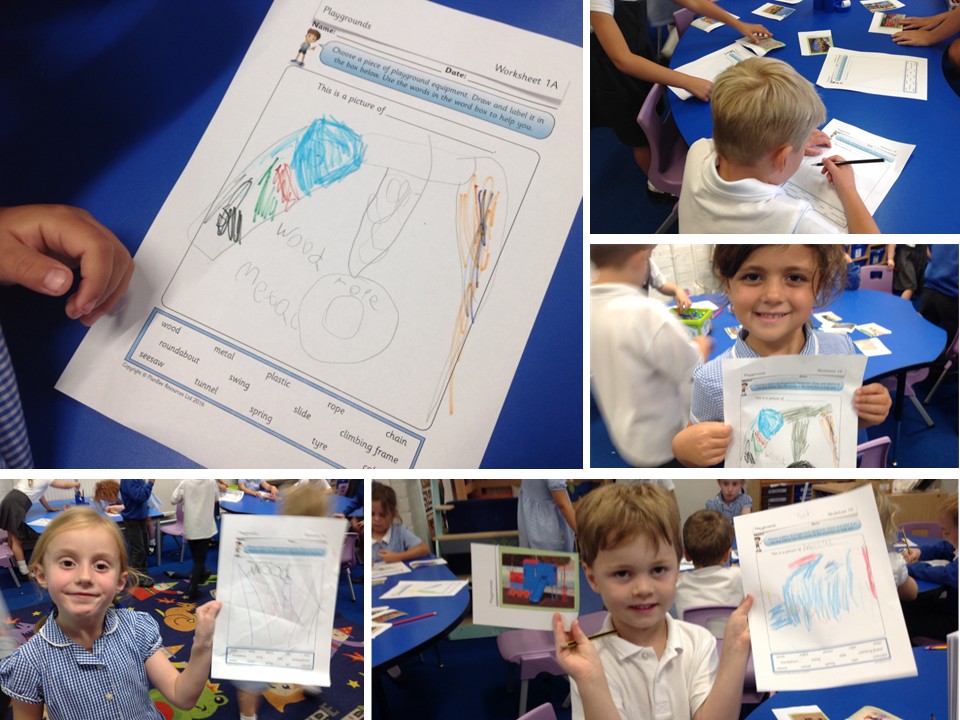
In Design & Technology, we began our look at playgrounds by exploring different types of playground equipment.
We talked about our favourite things to play on and discussed how they were made, including what shapes we could see and which materials were the most common and why. The children then drew and labelled their favourite pieces of play equipment, including the materials used in their construction.
What does your child like to play on at the playground? Can they describe what it's made from and why those are the best materials for the job?
Weeks 1 and 2 - Welcome Back!
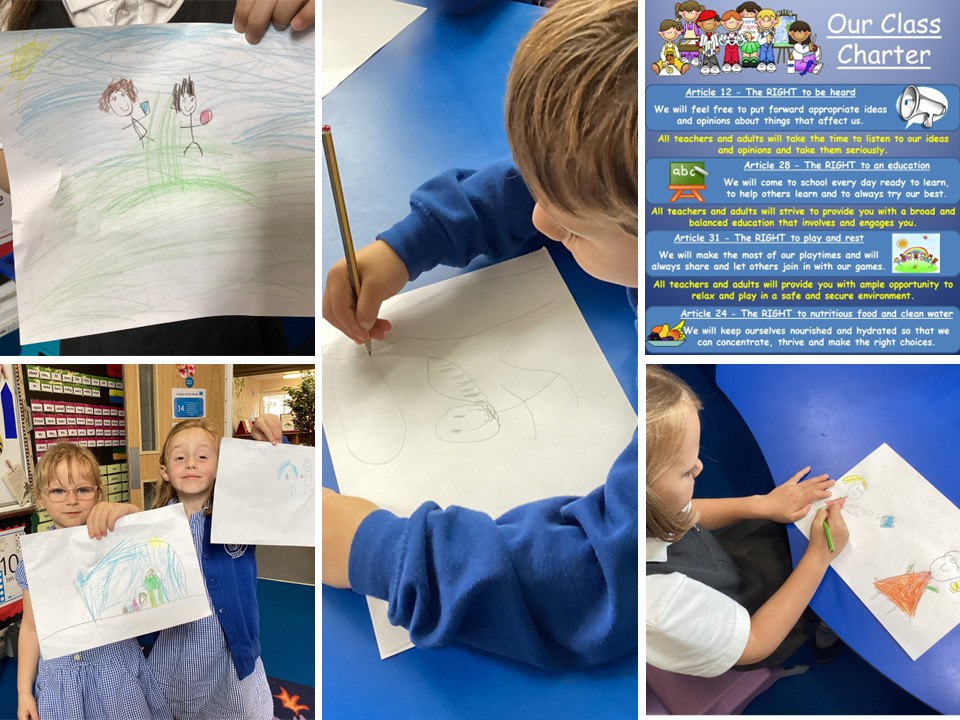
We've had a busy first week and a half back! First, we created our Year 1 Class Charter based on the United Nations Convention on the Rights of the Child (UNCRC). After going through the Articles that were most appropriate for Year 1, the children chose the Rights they felt were most important to them and included them in our Class Charter. These included the Right to be heard (Article 12), the Right to an education (Article 28), the Right to play and rest (Article 31), and the Right to nutritious food and clean water (Article 24).
Ask your child about the UNCRC. Which Rights did they think were most important, and which Right did they draw a picture to illustrate?

As this week was all about settling in and setting expectations for the coming year, that also included learning about how to keep ourselves safe online. The children heard the story of Smartie the Penguin and we talked about what to do if we ever see something online that makes us feel sad, scared or worried. This message was backed up by a video featuring Jessie and Friends, and enabled us to create and sign our own Year 1 E-Safety Charter, which you can find alongside the Class Charter at the bottom of this page.
Can your child tell you how they can keep themselves safe online?
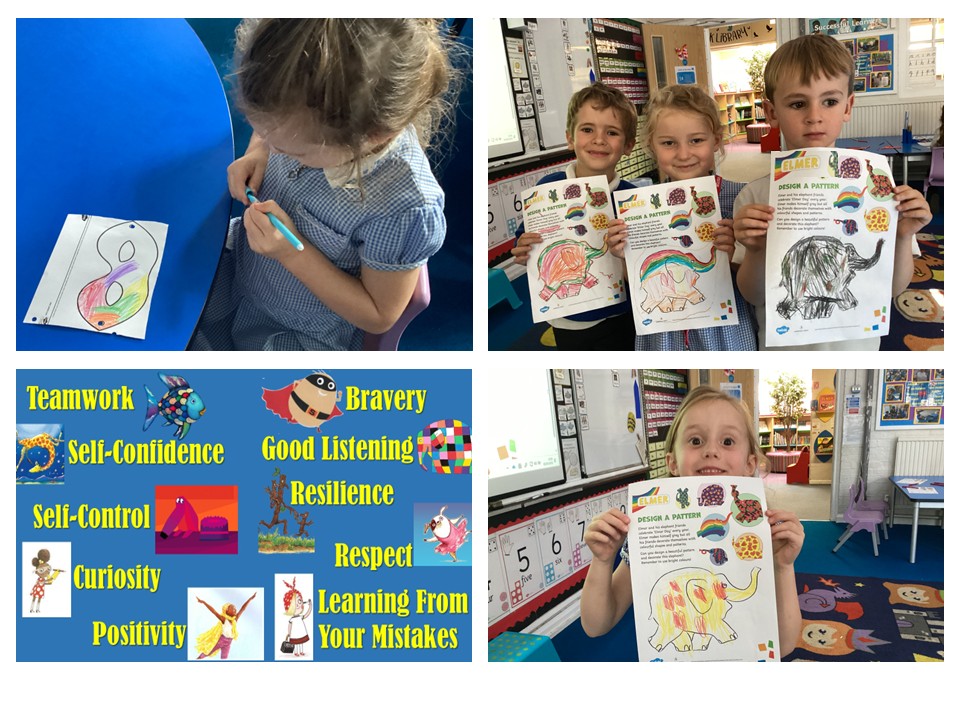
We also started talking about our Langrish Learning Behaviours, all of which are linked to characters from different children's stories and which we refer back to at the end of the day when our two Learning Detectives talk about the day's learning.
This week we read 'Supertato' (Bravery), 'Amazing Grace' (Positivity), 'Oh No, George!' (Self Control), 'Giraffe's Can't Dance' (Self Confidence) and 'Elmer' (Good Listening).
Ask your child about these stories and characters; why do they think they personify our Langrish Learning Behaviours?
Phonics Word Wall

We go through all the words on our Word Wall every day as part of our Phonics lesson. The tricky words are organised and labelled to indicate which Phonics Phase and book bands the words will appear in (Pink, Red, Yellow/Blue, Green/Orange), mirroring the order in which the different Phonics sounds and phases are taught. The words in yellow at the bottom are the Year 1 and Year 2 High Frequency Words.
Age-related expectation is that children should be reading Orange books by the end of Year 1, and should therefore be able to read, recognise and understand all the words down to the bottom of the board when they appear in a text. They should also be able to start using them in their own writing, utilising the Word Wall in order to help them with their spellings.
You can watch a video of Mr Hancox guiding you through the Word Wall by clicking here.
Internet Safety and Parental Controls
There have been instances of children across a number of year groups discussing inappropriate Internet content they have viewed at home. Please ensure that your Internet-linked devices at home are suitably supervised and protected using the parental controls available. For advice on how to keep your child safe online, including the use of parental controls, click this link to the NSPCC website. If you'd like to know how to set up parental controls specific to gaming - limiting game time, in-game communication or setting spending limits for instance - click on this link to the EA Games website.
Extreme Reading Challenge
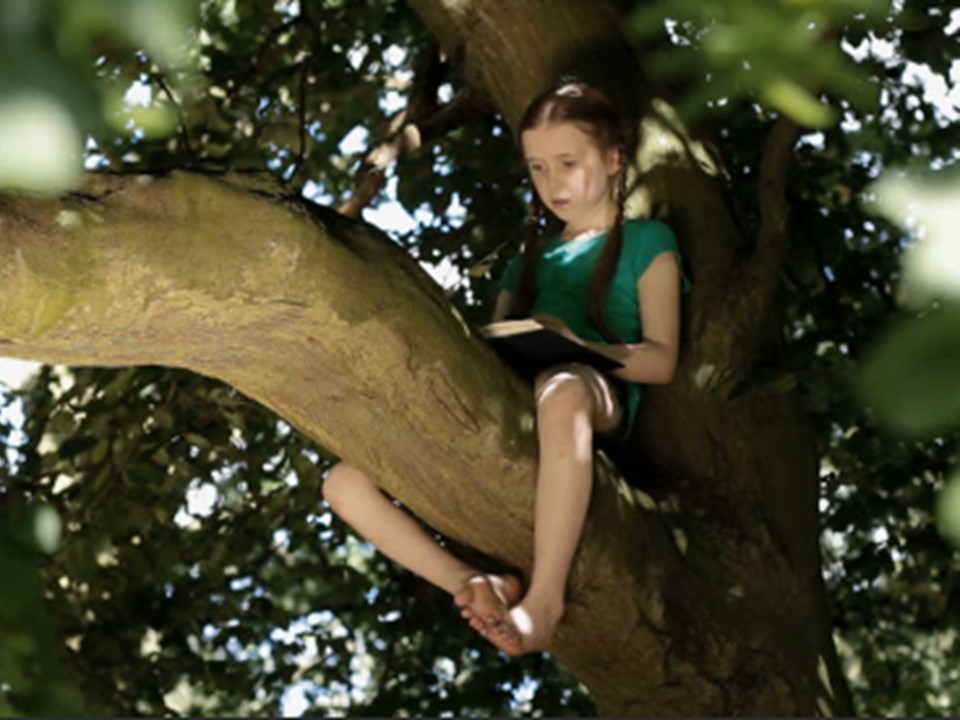 For our reading wall display, we want to prove that Langrish children love to read anywhere and everywhere!
For our reading wall display, we want to prove that Langrish children love to read anywhere and everywhere!
What's the most unusual place your child has read a book. Up a tree? In a hammock? On the beach? Bouncing on a trampoline? Email us a photograph of your child reading a book in an unusual place (nothing dangerous of course!) and we'll put it up in the 'Extreme Reading' display within our book corner.
I look forward to seeing the unusual places you've been reading your books!
Our Learning Behaviours
